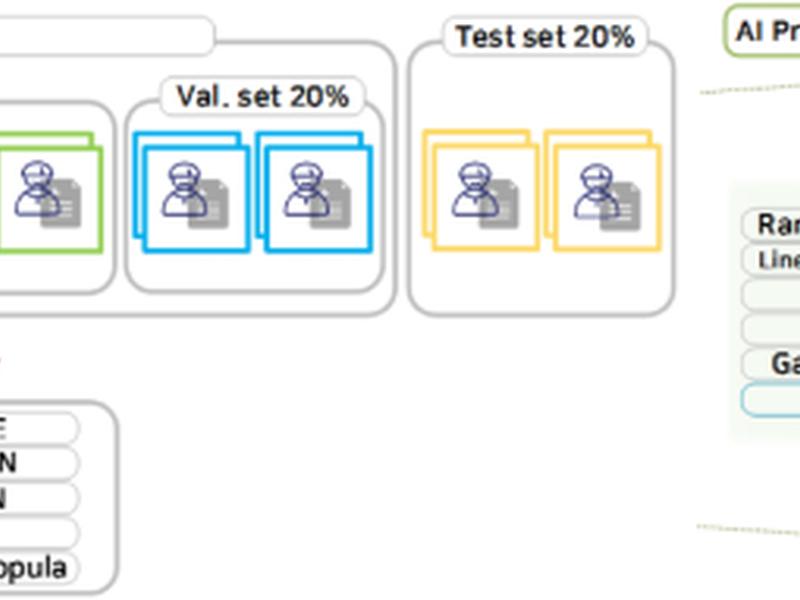This paper explores the application of advanced data-synthesis algorithms, machine learning (ML) algorithms, and ensemble models to predict patient mortality in emergency departments (EDs). The study used a dataset of 7325 patients who visited the Yonsei Severance Hospital’s ED in Seoul, South Korea, and divided them into two groups: patients who deceased in the ED and patients who didn’t. Various data-synthesis techniques were deployed to generate synthetic patient data, and 22 ML models were utilized, including tree-based algorithms, deep neural network algorithms, statistical algorithms, and ensemble models. The models were applied to 21 patient information features used in the pandemic influenza triage algorithm (PITA) to predict patient mortality. The paper emphasizes the importance of using the F1 score as the primary performance measure, focusing on recall and specificity in detecting patients.

